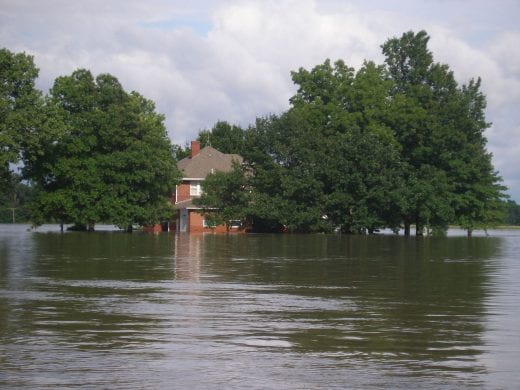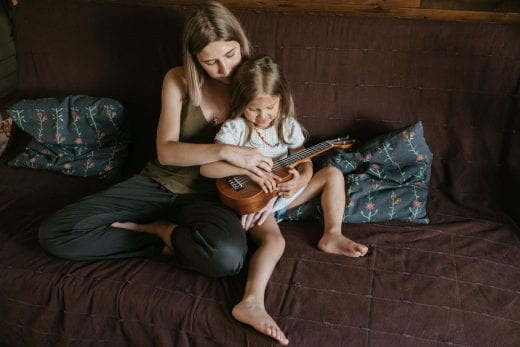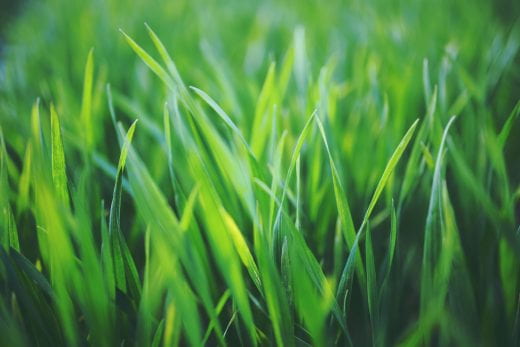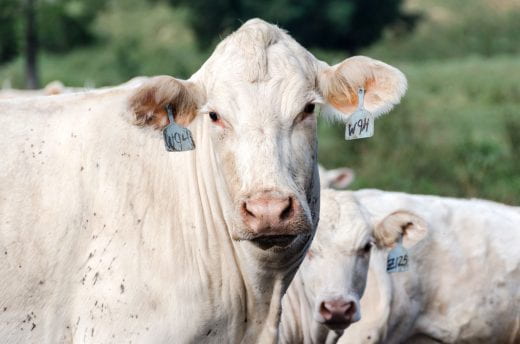Welcome to Better Kansas. Where every Thursday we shed light on events, resources and other information designed to make your life, businesses, communities and state better. Share on social media and don’t forget to subscribe! – Mary Lou Peter mlpeter@ksu.edu
Better Living, Better Communities
 WHEN IT COMES TO PARENTING, IT CAN SEEM LIKE WE ARE FEELING OUR WAY IN THE DARK! One of the topics so difficult to know how to handle with children is the concept of money. Questions I struggled with are how to tell a child you’re not able to buy something (or seriously, do you think we can afford a swimming pool?). When is a good time to start an allowance or IS an allowance even a good idea? Should I pay a 12-year-old to help with household chores? Or clean his room? Through a Child’s Eyes: Helping Children Understand the Concepts of Time, Money, and Talent brings up questions and suggestions that pretty much all parents think about at some point. Consider the unintended consequences of paying a child to do something. When you pay her to perform a task, it changes the way she thinks of that task and she may expect compensation every time. Take a look for more things to consider. Wish I’d thought of these things a few years back!
WHEN IT COMES TO PARENTING, IT CAN SEEM LIKE WE ARE FEELING OUR WAY IN THE DARK! One of the topics so difficult to know how to handle with children is the concept of money. Questions I struggled with are how to tell a child you’re not able to buy something (or seriously, do you think we can afford a swimming pool?). When is a good time to start an allowance or IS an allowance even a good idea? Should I pay a 12-year-old to help with household chores? Or clean his room? Through a Child’s Eyes: Helping Children Understand the Concepts of Time, Money, and Talent brings up questions and suggestions that pretty much all parents think about at some point. Consider the unintended consequences of paying a child to do something. When you pay her to perform a task, it changes the way she thinks of that task and she may expect compensation every time. Take a look for more things to consider. Wish I’d thought of these things a few years back!
 THERE’S SOMETHING WEIGHING ON US and I mean that literally. And only we can do something about it. I mean the obesity problem in our state and country. Thirty-three percent of Kansas adults are obese, and many of us eat poorly and do not get enough exercise. Sometimes it helps to have guidance. Enter SNAP-Ed, a nutrition education program provided to Kansas families with limited resources. We partner with numerous agencies and last year, in 72 of the state’s 105 counties, reached 40,717 Kansans through SNAP-Ed programs.
THERE’S SOMETHING WEIGHING ON US and I mean that literally. And only we can do something about it. I mean the obesity problem in our state and country. Thirty-three percent of Kansas adults are obese, and many of us eat poorly and do not get enough exercise. Sometimes it helps to have guidance. Enter SNAP-Ed, a nutrition education program provided to Kansas families with limited resources. We partner with numerous agencies and last year, in 72 of the state’s 105 counties, reached 40,717 Kansans through SNAP-Ed programs.
 ANYONE WHO KNOWS ME KNOWS I HAVE A TENDENCY TO save things. I tear out magazine articles, set aside mail to read one day and save household items and furniture just in case my grown children might want them someday. They’ve politely told me “no” more times than not, so I need to get serious about selling, donating or just pitching things. If this sounds like you, take a look at Cut the Clutter and Get Organized. I’m going to start the process one room at a time. Eventually, I’ll work my way to the basement, but that’s downright scary.
ANYONE WHO KNOWS ME KNOWS I HAVE A TENDENCY TO save things. I tear out magazine articles, set aside mail to read one day and save household items and furniture just in case my grown children might want them someday. They’ve politely told me “no” more times than not, so I need to get serious about selling, donating or just pitching things. If this sounds like you, take a look at Cut the Clutter and Get Organized. I’m going to start the process one room at a time. Eventually, I’ll work my way to the basement, but that’s downright scary.
Better Farming, Ranching and Gardening
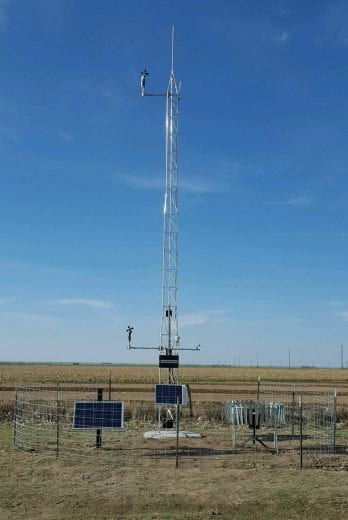 THEY LOOK LIKE WHAT ‘E.T.’ BUILT TO PHONE HOME, but the 62 weather stations set up around the state don’t send messages to a different planet or alien spacecraft. They DO measure wind speed and direction, air temperature, precipitation and more, continuously sending the information back to K-State’s campus where it’s stored at the Weather Data Library. The system of weather stations, called Kansas Mesonet, is beneficial to science teachers, construction companies, farmers, ranchers … anyone interested in current and historical weather information for the state. And it’s used routinely by the National Weather Service. Read up on some of the latest developments.
THEY LOOK LIKE WHAT ‘E.T.’ BUILT TO PHONE HOME, but the 62 weather stations set up around the state don’t send messages to a different planet or alien spacecraft. They DO measure wind speed and direction, air temperature, precipitation and more, continuously sending the information back to K-State’s campus where it’s stored at the Weather Data Library. The system of weather stations, called Kansas Mesonet, is beneficial to science teachers, construction companies, farmers, ranchers … anyone interested in current and historical weather information for the state. And it’s used routinely by the National Weather Service. Read up on some of the latest developments.
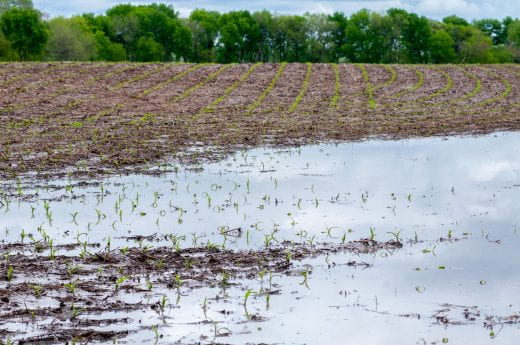 WHILE WE’RE ON THE TOPIC OF WEATHER, I happened to hear a recent KCUR “Up to Date” radio segment (Kansas City area NPR station) focusing on how devastating this year’s floods have been for many Kansas and Missouri farmers and the long-term effect on soils. The interview features a northwest Missouri farmer and a K-State soil scientist. Very informative. The segment starts about the 22:30 mark. Listen in.
WHILE WE’RE ON THE TOPIC OF WEATHER, I happened to hear a recent KCUR “Up to Date” radio segment (Kansas City area NPR station) focusing on how devastating this year’s floods have been for many Kansas and Missouri farmers and the long-term effect on soils. The interview features a northwest Missouri farmer and a K-State soil scientist. Very informative. The segment starts about the 22:30 mark. Listen in.
 GOING TO THE DOGS: THIS IS NOT YOUR TYPICAL AGRICULTURE FIELD DAY, but on Oct. 8, K-State Research and Extension is hosting Beef Production and the Working Cow Dog in Williamsburg, Kansas. We have A LOT of educational opportunities around the state every year, but I don’t remember seeing one on this topic. Hope you check it out.
GOING TO THE DOGS: THIS IS NOT YOUR TYPICAL AGRICULTURE FIELD DAY, but on Oct. 8, K-State Research and Extension is hosting Beef Production and the Working Cow Dog in Williamsburg, Kansas. We have A LOT of educational opportunities around the state every year, but I don’t remember seeing one on this topic. Hope you check it out.
_
For more resources and activities, contact the K-State Research and Extension office in your area. Check out our other blogs and subscribe to our weekly emails here: https://www.ksre.k-state.edu/news/blogs/






